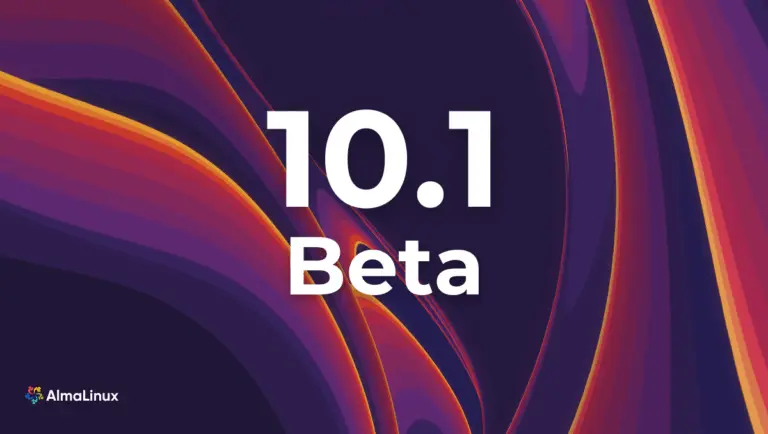If you're like us, your workstation is the heart of your producer. She needs to be two things above all else: stable and reliable. In the Linux world, when we look for bulletproof stability, we usually look at distributions based on Red Hat Enterprise Linux (RHEL), such as AlmaLinux.
To date, this stability came with a traditional disk configuration (XFS + LVM) — robust, but a bit old-fashioned.
The big news is that's about to change. The newly announced AlmaLinux 10.1 "Heliotrope Lion" (Beta) brings, for the first time, native file system support Btrfs.
But why the hell should a video editor or a VFX artist cheer up with a technical name like "Btrfs"?
The answer is simple: data protection and disaster recovery.
What is Btrfs and how does it help us Filmmakers?
Let's translate the "techniques" for our day-to-day on the set and the editing island. The Btrfs (B-tree File System) is a modern file system focused on failure tolerance, repair and easy administration.
Are you enjoying the content? How about supporting the Cine Linux team with the value of a cup of coffee?
For us audiovisual producers, three resources stand out:
1. Checksums: The End of the Bit Rot
The Nightmare: Imagine opening a project six months ago and finding out that your most important 8K RAW file is corrupted. Worse: Your backup copied the already corrupted file. This is "bit rot", a slow and silent corruption of data on the disk.
The Btrfs Solution: Btrfs generates a "digital print" for all your data and metadata. Every time you read a file, it checks that print. If the data on the disk does not match with the fingerprint, Btrfs detects corruption immediately and if you have copies (like on a RAID), it can autocorrect.
For those who store terabytes of raw material that needs to last years, that is not a luxury; it is a necessity.
2. Snapshots: The "Ctrl+Z" for your Whole System
The Nightmare: You're in the middle of a project with a tight deadline. Decide to upgrade the NVIDIA driver or audio software. Suddenly, DaVinci Resolve doesn't open anymore, the audio stops working or the system doesn't even start. You waste hours (or days) trying to fix it.
The Btrfs Solution: Btrfs allows you to create snapshots of your system. Think of it as an instant restoration point that occupies almost nothing of space.
Before any critical update (as a dnf update or installing a new driver), you can create a snapshot. Is that a problem? You simply restart the computer, select the previous snapshot from the boot menu and in less than 30 seconds your system is Exactly. as it was before the update. No formatting, no panic.
3. Compression and Subvolumes: More Agility
Btrfs also offers transparent compression. Although it will not do magic with your H.264 video files (which are already compressed), it can save considerable space in project files, caches, proxies and other assets.
It also eliminates the need for rigid partitions. With subvolumes, you / (system) and its /home (user files) can share the same space by facilitating management and allowing you to create separate snapshots (e.g. restore the system without touching your project files).
AlmaLinux + Btrfs: The Best of Two Worlds
So far, to have Btrfs easily, many of us resorted to distributions such as Fedora or openSUSE. They are fantastic, but they have faster upgrade cycles, which can be a risk to a production environment that requires long-term stability.
With AlmaLinux 10.1, we will have the ideal scenario: a enterprise level stability and the long life cycle of an RHEL system combined with data security and flexibility of a state-of-the-art file system.
How implementation works
This novelty, which was previously available only in the experimental version ("Kitten"), now enters the main line. During the installation of AlmaLinux 10.1, when choosing custom partitioning, you can select Btrfs directly by replacing the default XFS + LVM scheme.
Attention, it's still Beta!
It is important to stress: AlmaLinux 10.1 It's still on Beta.. This means that it is aimed at testing and should under no circumstances be used in its main production machine that is with customer projects.
However, this is the perfect time to install on a secondary machine, experiment on a test partition or on a virtual machine and start familiarizing yourself with the future of storage infrastructure on professional Linux.
And you, excited to test? You think bit rot protection and snapshots will change your workflow? Leave your opinion on our forum!
Did you like the contents? How about supporting the Cine Linux team with the value of a cup of coffee?



